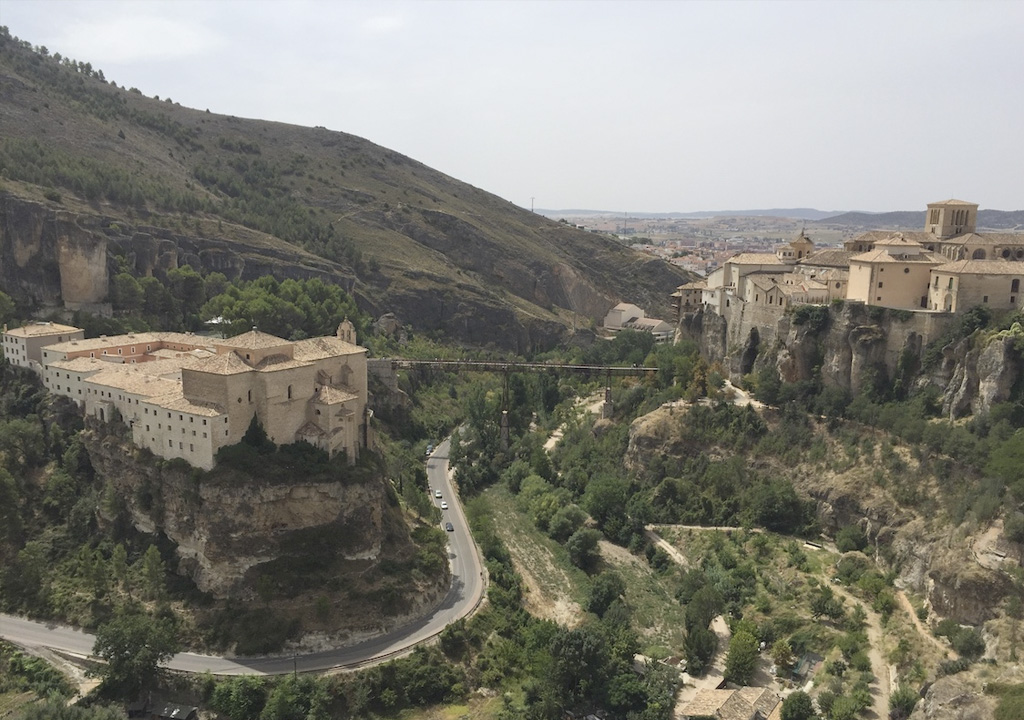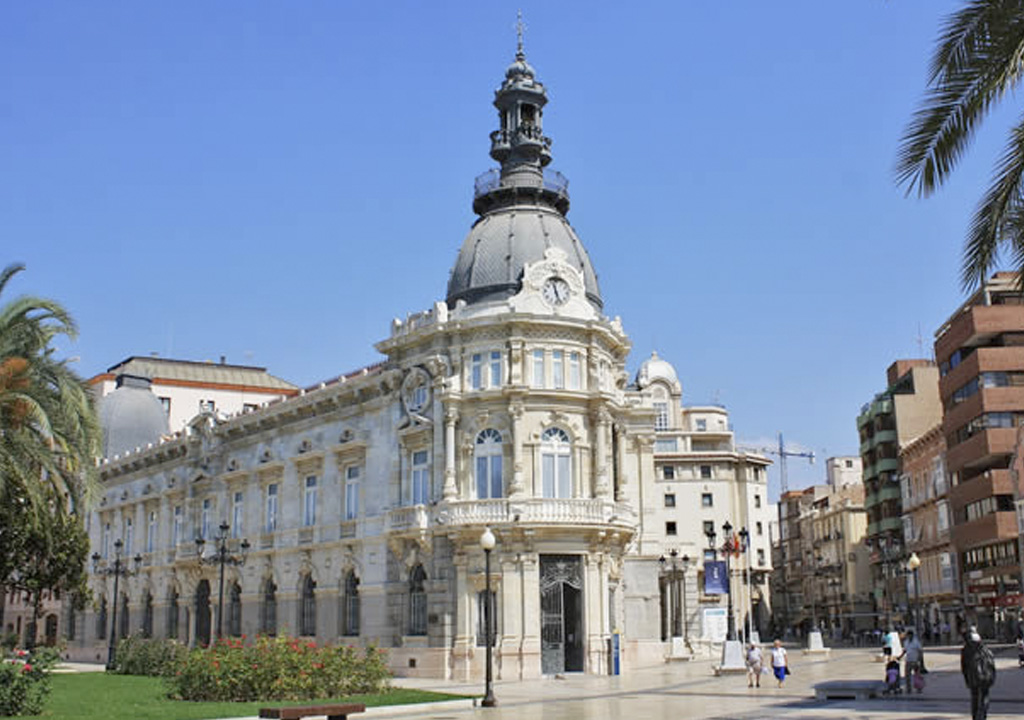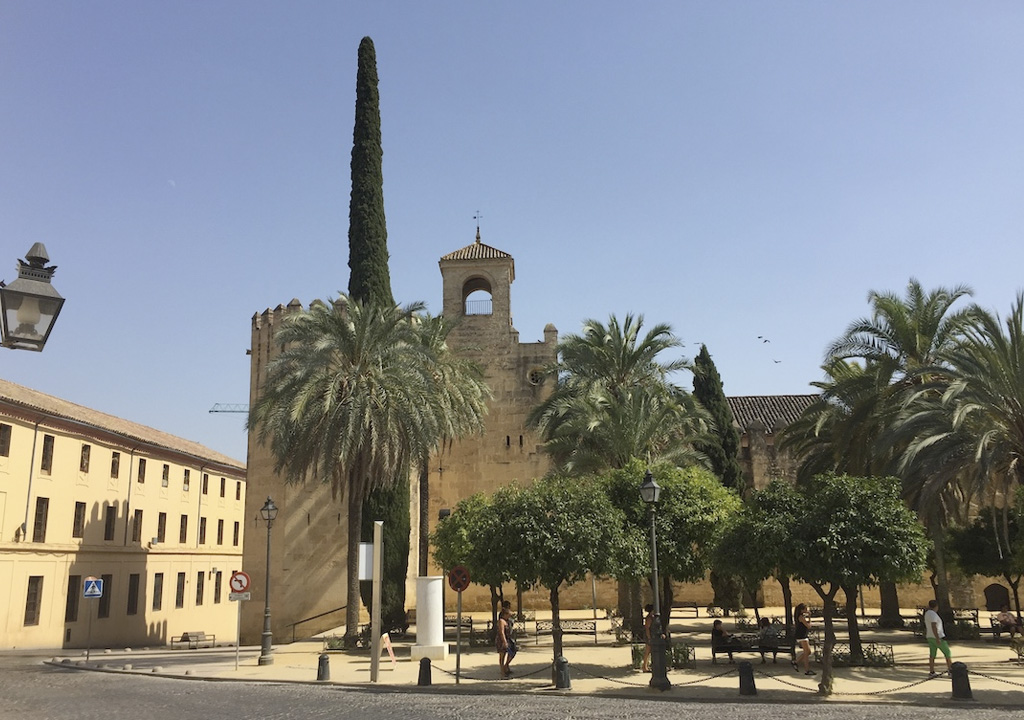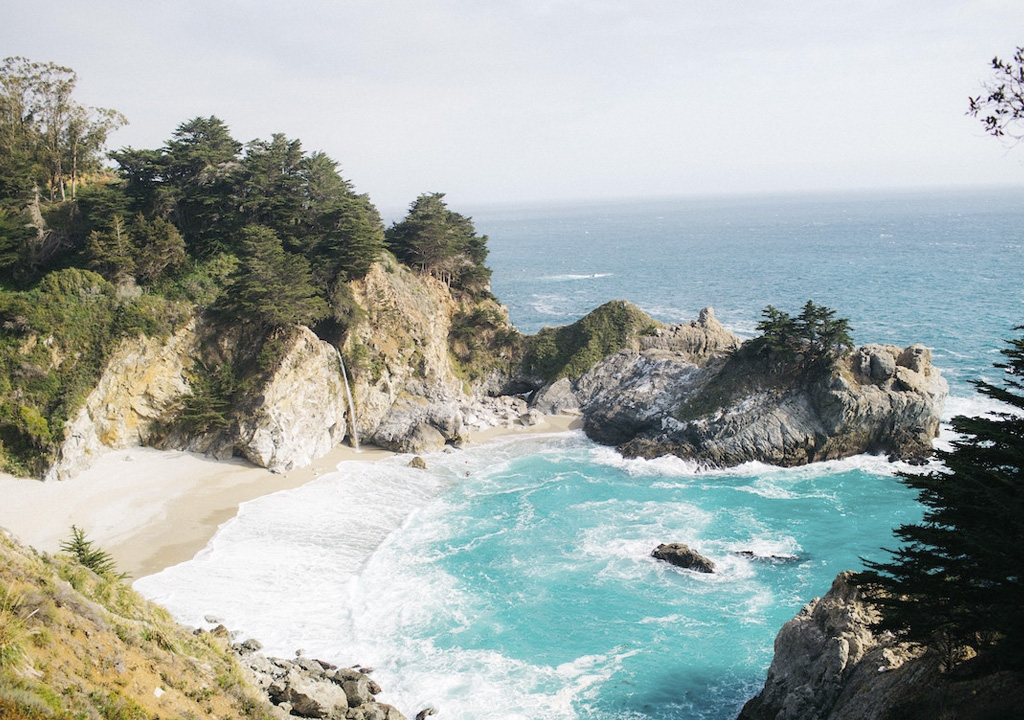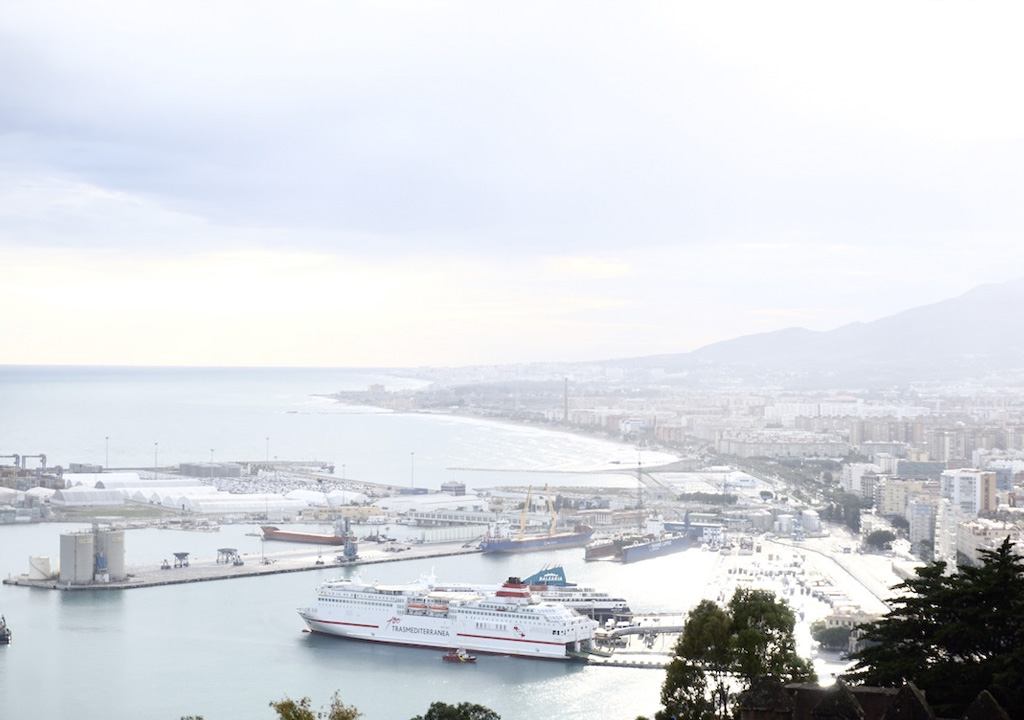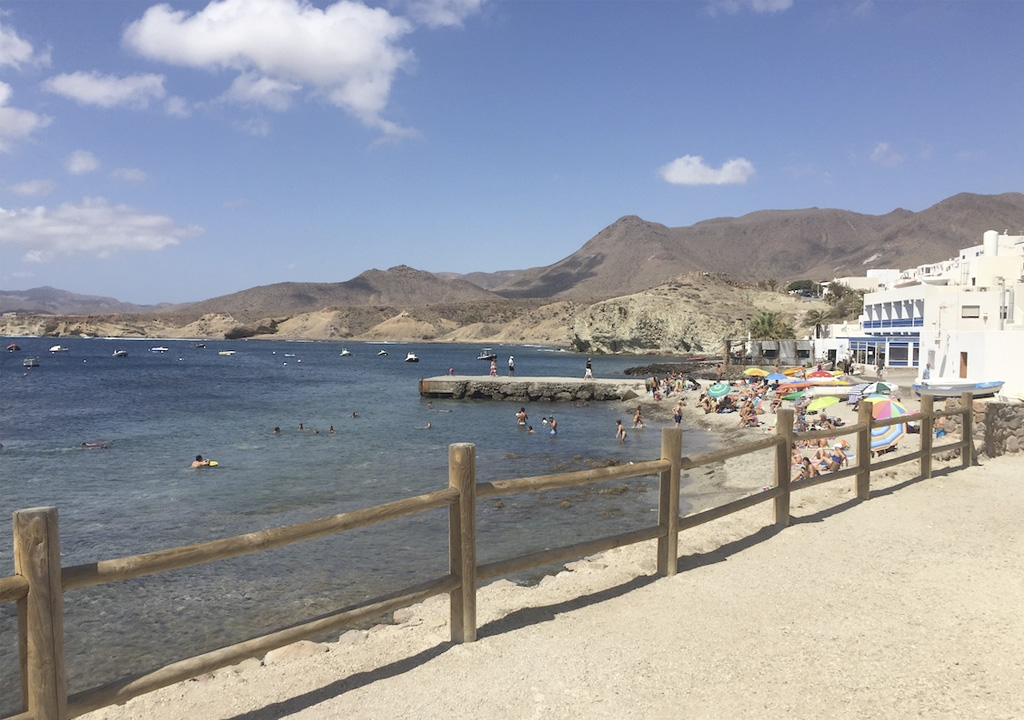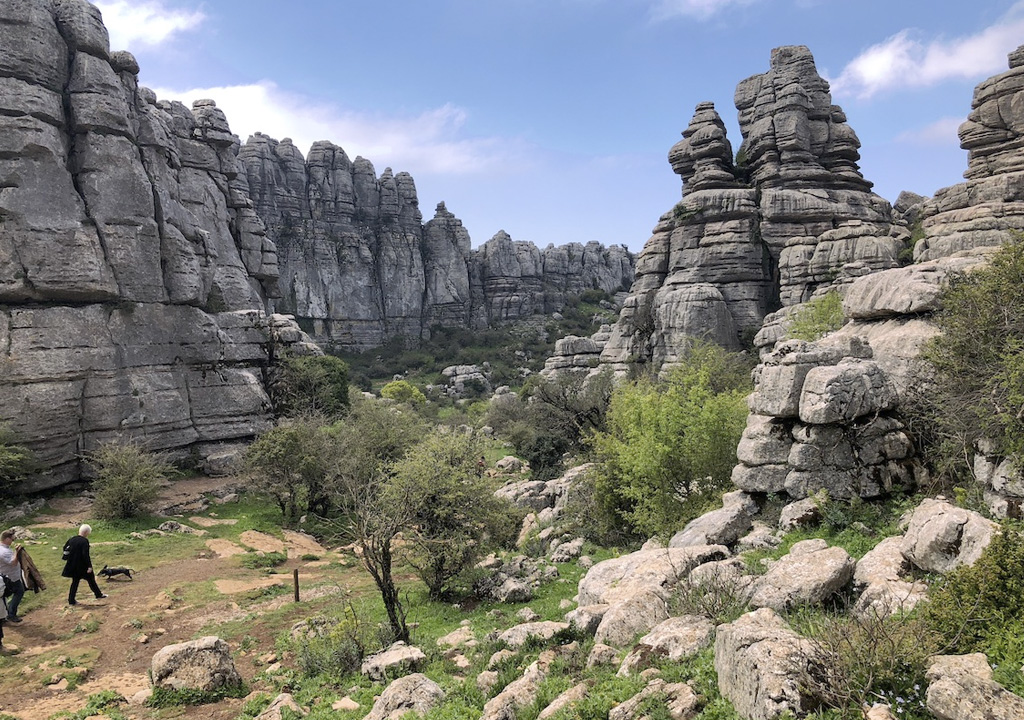Spain is made up of 17 autonomous regions (Comunidades Autónomas).
These autonomous communities are further divided into provinces, of which there are a total of 50.
Many regions are well known, being popular tourist destinations. Other less so, which is a shame as all of Spain has a huge amount to offer visitors, in terms of history and culture.
As part of our Travel Series we have compiled an overview of the 17 autonomous regions.
Andalucia
Andalucia covers a large expanse of southern Spain from the border with Portugal to Murcia in the south eastern corner of the country.
The region is the largest in terms of population and the second largest in size. Andalucia has a rich history and the influences of the occupation of the Moors can be seen throughout to this day.
The name of Andalucia derives from the Arabic Al-Andalus.
The principle cities are Huelva, Granada, Cordoba, Malaga, Almeria, Cadiz, Jaen and the capital, Sevilla.
The long coastal stretch forms one of the most popular holiday and second home locations in Europe.
The area of coast around Malaga is widely known as the Costa del Sol and is littered with seaside resorts.
Andalucia is formed by 8 provinces: Almeria, Cadiz, Cordoba, Granada, Huelva, Jaen, Malaga and Sevilla.
Aragon
The autonomous region of Aragon occupies a position to the north of the country and borders France.
A large section of the Pyranees mountain range is located within the region.
One of the principle rivers in Spain, the Ebro, also winds its way through Aragon.
The main cities in Aragon are, the capital Zaragoza, Huesca and Teruel.
The region has spectacular landscapes and significant Roman remains.
Aragon is divided into 3 provinces: Zaragoza, Huesca and Teruel.
Asturias
This region is located in the north west of the country between Galicia and Cantabria.
The region is extremely green and not the average foreigners perception of how Spain looks! Asturias is renowned for its dairy produce, fishing and agriculture.
The coastal area is extremely rugged with many amazing beach heads. The main cities are Gijon and the capital Oviedo.
The region of Asturias is a single province.
Balearic Islands
The Balearic Islands are an archipelago of islands off the eastern coast of Spain.
The 4 largest islands are Mallorca, Menorca, Ibiza and Formentera. Several smaller islands make up the archipelago.
The islands are extremely popular tourist destinations, with visitor numbers increasing year on year.
Access to the main islands is simple and cheap, thanks to the European low cost airlines. Ferry services also run frequently between the islands and mainland Spain.
The capital of the region is Palma de Mallorca, the main city on the island of Mallorca. The islands have both Spanish and Catalan as official languages.
The Balearic Islands were less affected by the property crash in Spain and the property market remains strong.
The Balearic Islands are a single province autonomous region.
Basque Country
The Basque region (Pais Vasco in Spanish) is located in the north of Spain between Cantabria and across the French border.
The region has a rich and proud heritage. The Basque have their own dialect, which is renowned for its unique root and difficulty to learn.
The region is extremely green with rivers and mountain ranges.
The Basque Country is becoming increasingly popular with tourists, especially now there are many direct flights from various countries in Europe.
In particular, San Sebastián (or Donostia) has become a famous destination for a food enthusiasts and boasts an impressive array of restaurants with a number of Michelin stars.
The main cities in the region are Bilboa, San Sebastian and Vitoria-Gasteiz, which is home to the Basque parliament.
The region consists of the provinces of Vizcaya, Alava and Guipuzcua.
Canary Islands
This group of islands is located off the west coast of Africa.
There are a number of smaller islands. The main islands are Tenerife, Fuerteventura, Gran Canaria, Lanzarote, La Palma, La Gomera and El Hierro.
The largest island is Tenerife, which boasts the third highest volcano in the world, Mount Teide.
The islands are a very popular tourist destination with an almost year round season, thanks to a subtropical climate, ensuring the islands are a choice location for beach holidays.
The Canary Islands consist of 2 provinces, Las Palmas and Santa Cruz de Tenerife.
Cantabria
This autonomous region is located in the north of Spain between Asturias to the west and the Basque Country to the east.
The region has a number of picturesque towns and villages, both on the coast and inland. The countryside is green and lush to the climate of frequent rainfall.
The capital and largest city is Santander.
The city, and indeed the region, has a lower than average unemployment rate and benefits from a mixed economy of service, agriculture and industry.
Cantabria is a single province autonomous region.
Castilla La Mancha
Castilla La Mancha is a large inland region to the east and south of Madrid.
It is sparsely populated in comparison with other parts of Spain.
Casilla La Mancha is famous for its large plateaus, windmills and Manchego cheese. The Cervantes novel Don Quixote was also set in Castilla La Mancha.
The main cities are Toledo, the capital, and Albacete.
The autonomous region is formed by the provinces of Guadalajara, Toledo, Cuenca, Ciudad Real and Albacete.
Castilla y Leon
This autonomous region covers a large swathe of land to the north west of Madrid.
Castilla y Leon is the largest region in Spain. The terrain is an impressive mix of valleys, mountains and plateaus.
The main cities are Valladolid, Burgos, Salamanca, Segovia and Leon.
The Duero valley is a famous wine producing area. The local economy also benefits from a range of agriculture and industrial sectors.
Although perhaps harder to reach than other regions, a visit is well worthwhile, as Castilla y Leon boasts no less than 8 Unesco World Heritage sites.
The provinces of Leon, Palencia, Zamora, Burgos, Valladolid, Segovia, Soria, Salamanca and Avila make up Castilla y Leon.
Catalonia
The region of Catalonia is located in the north eastern corner of Spain.
The focus of the region is the capital city Barcelona. The official languages are Spanish, Catalan and Occitan.
The region benefits from large industrial and tourism sectors.
In particular, Barcelona is extremely popular with holidaymakers, often arriving on cruise ships. So much so, that the authorities have started to consider how to ease the burden on the city.
The region has a wide range of geography, with the Pyranees mountain range in the north and rolling valleys and plains.
The main cities are Barcelona, L’Hospitalet de Llobregat, Badalona, Terrassa, Tarragona and Lleida.
Catalonia is made up of the provinces of Barcelona, Girona, Lleida and Tarragona.
Extremadura
This autonomous region borders Portugal and is positioned in the west of Spain.
Extremadura is probably the most isolated region of Spain.
The region is the fifth largest in Spain but has a very low population density.
The capital of Extremadura is Mérida. The other main cities are Badajoz and Cáceres.
The region is divided into two provinces; Cáceres and Badajoz.
Galicia
Galicia is located in the north western corner of Spain with a border with Portugal.
The region is recognised as a nationality by the Spanish constitution.
This reflects the strong sense of individual custom and history that Galicia has.
The official languages are Galician and Spanish. The region is renowned for its seafood, pilgrimage to Santiago de Compostela and green countryside.
The main cities are A Coruña, Vigo, Ourense, Pontevedra, Lugo and Santiago de Compostela.
The region comprises the provinces of A Coruña, Pontevedra, Lugo and Orense.
La Rioja
This northern region is one of the smallest in Spain. La Rioja is world famous for its wine production.
The region has many mountains and valleys.
The capital is Logroño. The other main towns are Calahorra, Arnedo and Haro.
The principle driving forces behind the local economy is wine production, agriculture and textiles.
La Rioja is a single province region.
Madrid
The Community of Madrid is home to the capital city of Spain, but is also an autonomous region.
Madrid is located in the centre of the country.
It is the most densely populated region in Spain. The majority of the population reside in the city of Madrid.
The region has the highest level of income per capita in Spain, reflecting the economy of the capital city.
Madrid has a high altitude and accordingly winters can be cold and the summers extremely hot.
The Sierra de Guadarrama mountains are to the north of the autonomous region.
Madrid is a single province region.
Murcia
The autonomous region of Murcia is located in south eastern Spain. Murcia lies between Valencia to the north, and Andalucia to the south.
Murcia has in recent years evolved as a tourist destination.
During the boom years of extensive property development along the coastal regions, Murcia experienced a massive amount of property construction.
The capital of the region is the city of Murcia, which is the seventh largest municipality in Spain.
The other main cities are Cartagena and Lorca.
The region has a hot and dry climate. Murcia is a major producer of fruit and vegetables.
The autonomous region of Murcia is a single province.
Navarra
The autonomous region of Navarra is located in the north of the country. The region borders France.
Part of the region is Basque and therefore there are Basque speaking areas.
The capital of the region is Pamplona, famous for its bull running through the city.
The geography of Navarra is made up of the Pyranees mountains and green valleys. Outdoor pursuits are popular.
Navarra is a single province region.
Valencia
The autonomous region of the Comunidad Valenciana is located on the eastern coast of Spain.
The capital of the region is the city of Valencia. Valencia is the third largest city in Spain.
The city has recently benefitted from redevelopment and investment and represents an ideal destination for a holiday break.
The region is an extremely popular holiday destination with many resort towns all along the coast.
Valencia also has a high number of foreign second home owners.
The other main cities are Alicante, Elche, Castellón de la Plana, Orihuela and Torrevieja.
The economy is based upon tourism, agriculture and industry.
The Comunidad Valenciana is made up of the provinces of Valencia, Castellon and Alicante.
Our New Travel Series
Please visit us again to read more about what the regions of Spain have to offer.
Our new Travel Series will provide insights on towns, cities and regions of Spain.

